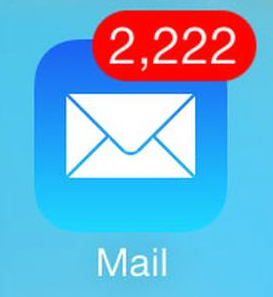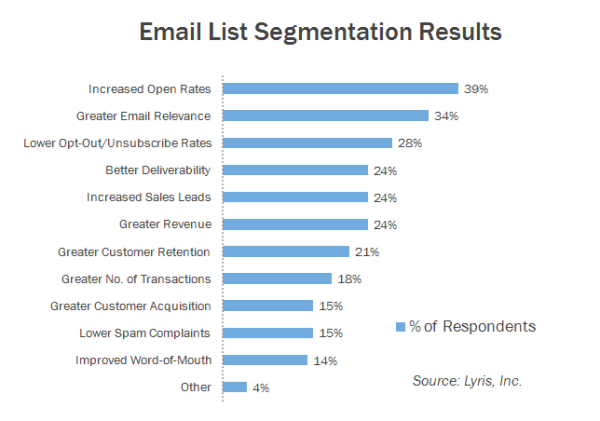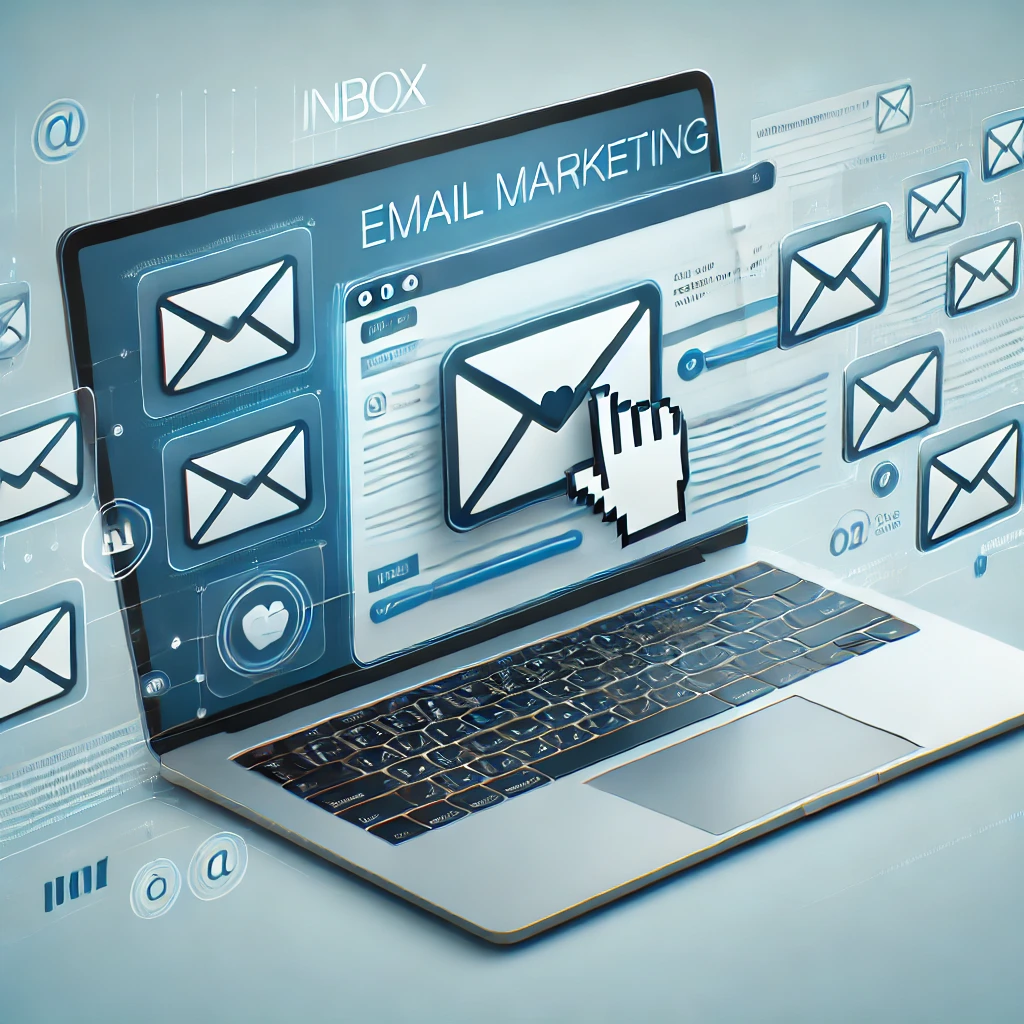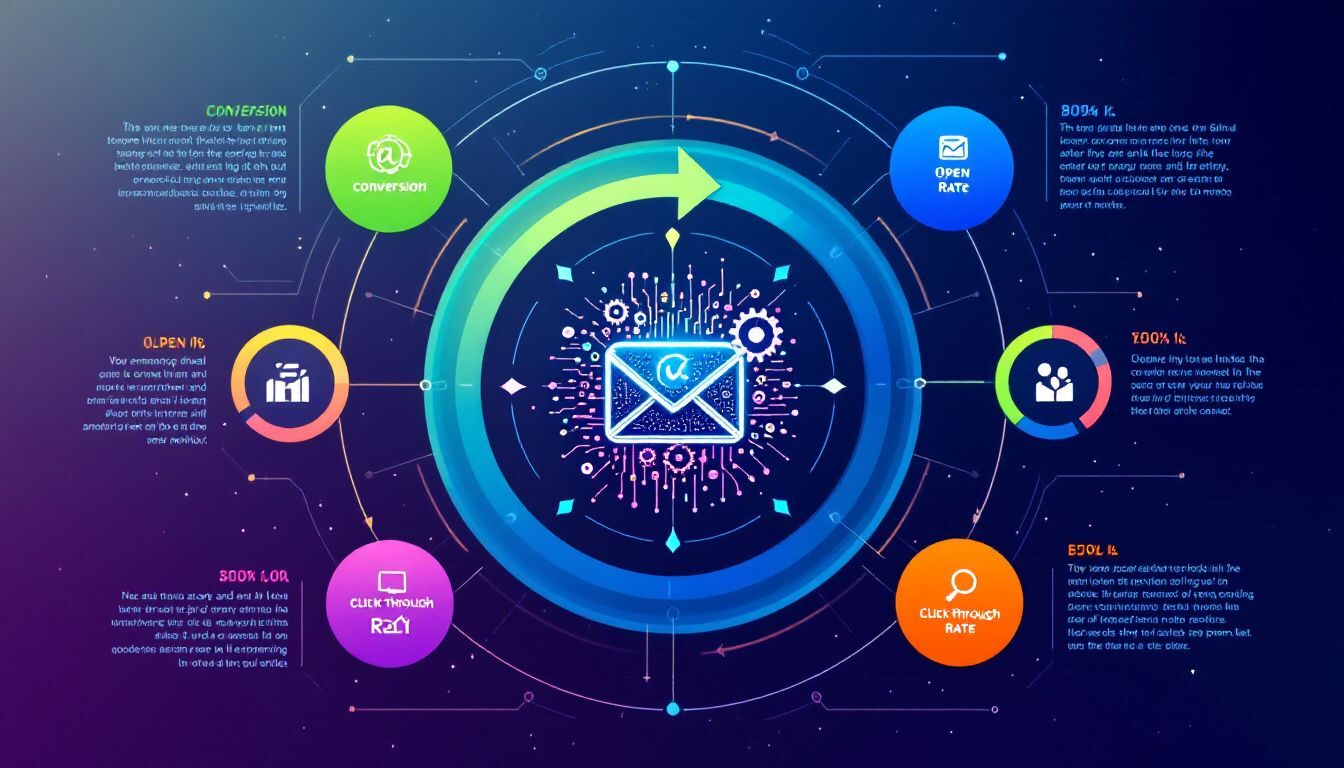
List Segmentation By Campaign Activity: Why Do It and How to Get Started
One of the benefits of email marketing is that it allows you to reach a lot of people at one time. This is great in theory, but not so good in practice for one primary reason: your message isn’t going to resonate with everyone.
Sending one email to the masses would be about as effective as jumping on top of a counter at a department store and getting everyone’s attention by shouting about the new arrivals in women’s boots. Perhaps a couple people would find it helpful but the rest would likely find it annoying.
For the same reason, your strategy shouldn’t be to select everyone from your contact list to receive the same email. Your success with email marketing lies in understanding as much as you can about your contacts so you can better communicate with the groups of people likely to find your message relevant.
So, how do you know which people find your email relevant? A retail salesperson has the advantage of being in-person where they can see what the customer is drawn to and have a dialogue about it in real-time. “Oh, hey, I love the dress you’re wearing. We just got our new boots for the season. Would you like me to show you the perfect pair to go with your dress?” If the customer says, no thanks, because what they really need is a new sweater, the salesperson wouldn’t be a very good one if they responded by offering up some earrings. Wouldn’t you agree? That’s how the disconnect feels when you don’t segment your contact list and tailor your email based on data.
When you engage in email marketing, you primarily rely on the information you generate from email campaigns. Knowing if, when, and how contacts engage with your email is useful in determining which contacts find the message relevant. You can continue the communication with those who respond. And you can tweak or completely change the message for those who don’t.
Let’s say you send an email to all the people who made a purchase from your store within the past six months. The subject line says, “Winter is Coming…So are the Coolest Boots!” In this email, you showcase a few pairs of boots for different occasions. The call to action is a bright blue button that says, “See New Arrivals”. When clicked, it takes them to a webpage where they can find more styles and information.
From this campaign, you can see who opened the email and who didn’t. Of those people who opened, you’re also able to see if they clicked the call to action button. Neat, right? Now let’s put this information to good use.
In this scenario, the best way to segment your campaign list is by activity. Though there are several other ways to segment, look at splitting your list into these three groups:
1. Did not open
There are many reasons why people don’t open an email. Maybe they don’t find the subject line relevant enough at the time. Or, perhaps they overlook the email when scanning for the ones needing an immediate response.
Don’t give up on them just because they snoozed the first time. Professional email marketers understand this which is why they always send follow-up emails to nonresponders (the people who did not open) a few days after the first campaign has launched. You can learn more about the impressive results of this best practice here.
2. Opened
A second segment is the group of people who opened your email. Clearly your name and subject line were enough to pique their interest. Consider the possibility that your subject line got their attention given the fact that winter is coming.
But what if they didn’t click because the boots in the email didn’t appeal to them? Change it up next time. It may be worth including other winter wear in the next email as you may find that more people are interested in sweaters.
3. Clicked
It’s safe to say the most engaged group are those who opened and clicked your call to action. Depending on how deep your knowledge of analytics goes, you could segment this group even further by those who made a purchase, and those who didn’t. For those who never pulled the trigger, the next email could offer an incentive, or give them exclusive access to a 24-hour Winter Whiteout Sale on select styles.
With this type of targeted communication, you are bound to have a better response.
Survey results from Lyris, Inc, referenced in an Email on Acid post, lists several outcomes attributed to List Segmentation. The big winner is increased open rates. And look at all the other positive ways this practice can impact your email campaigns.
VerticalResponse made List Segmentation an essential feature of its email platform so users can quickly and easily get the necessary insight and take advantage of it with the click of a button.
Like the boots example, VerticalResponse allows you to directly target certain groups of individuals on a campaign activity level. These activities include:
• People who opened a past email
• People who did not open a past email
• People who clicked a past email
• People who did not click a past email
Now that you understand why List Segmentation is essential to your success, check out how to use it with VerticalResponse.
Conclusion: Investing in email marketing can give you a significant return especially when you keep your audience in mind and design your communication accordingly. List segmentation helps you focus your message and get the most out of your effort.
Stay tuned for List Segmentation [Phase 2] and learn why and how to segment on a contact information level.
© 2015, Linzi Breckenridge. All rights reserved.






